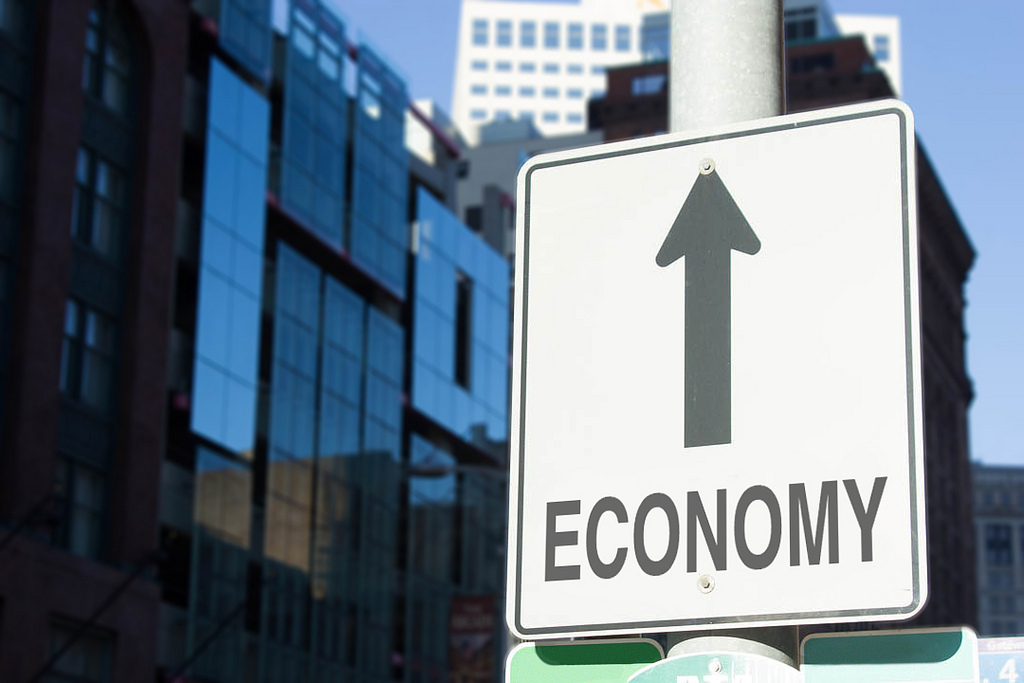The State Department recently announced that, for the first time ever, the EB-5 Immigrant Investor Program has reached its cap of 10,000 visas, largely due to an increase in Chinese investors. Although the EB-5 program—employment-based, fifth preference (or category)—has been around since 1990, the growth in its popularity as an investment tool has risen during the most recent economic crisis. The EB-5 visa offers foreign investors a chance to live in the United States and become citizens in exchange for providing $500,000 to $1 million in capital that creates at least 10 new jobs. As a new report by Matthew Kolodziej explains, the EB-5 program has supporters and detractors, but it is a laboratory for exploring how immigration law can be used to directly stimulate economic growth and development.
The paper, The U.S. Immigrant Investor Program: New American Investors Making a Difference in the Economy, focuses on one of the most innovative aspects of the EB-5 program, the regional center pilot program, which is an alternative to a direct investment option. Under the EB-5 rules, foreign investors can put their money directly in a job-creating business or transmit it to a “regional center,” which is designed to promote economic growth in designated areas by pooling multiple investors’ funds into large-scale projects. While there are roughly 400 regional centers today, the truly successful regional centers, including those in Vermont, California and Pennsylvania, offer examples of strategic business models that balance the interests of investors and localities, and that can keep on top of regulatory changes and requirements designed to maintain the integrity of the EB-5 program.
For example, the Vermont regional center is the only state-owned program in the country, offering the advantage of strategic investment tied to state economic development goals. In California and Pennsylvania, other regional centers have partnered with state and local non-profits to evaluate the integrity of investments. These models offer a range of advantages, according to Kolodziej, particularly in ensuring that the investments are legitimate and that they will actually produce the jobs and economic development promised.
Determining whether jobs actually are created, that investments are legitimate and that the investors merit a green card in a timely manner is the critical role USCIS plays in keeping the program viable. In recent years, USCIS has addressed shortfalls in the EB-5 program by reorganizing its process, centralizing adjudications and adding a team of economists and analysts to its staff to assess EB-5 applications.
Despite the clear economic benefit, the EB-5 program raises concerns for some who argue that it privileges the wealthy investor over other potential immigrants and can be susceptible to fraud. The program is not permanent—and in fact is set to expire in 2015 unless Congress renews it—so these kinds of issues are likely to be part of the next round of debate over immigration reform. But the program has staunch supporters in both parties and in both houses of Congress and is building a range of evidence that it creates jobs and spurs further economic growth. In fact, a Brookings Institution analysis concluded earlier this year that the EB-5 program has created 85,500 direct full-time jobs and attracted approximately $5 billion in direct investment since its creation almost 25 years ago. Consequently, studying the best-practices and innovations within the EB-5 program offers a framework for ensuring that the visa is used for responsible and solid investments in the U.S.




